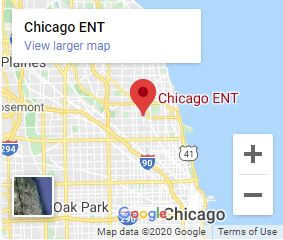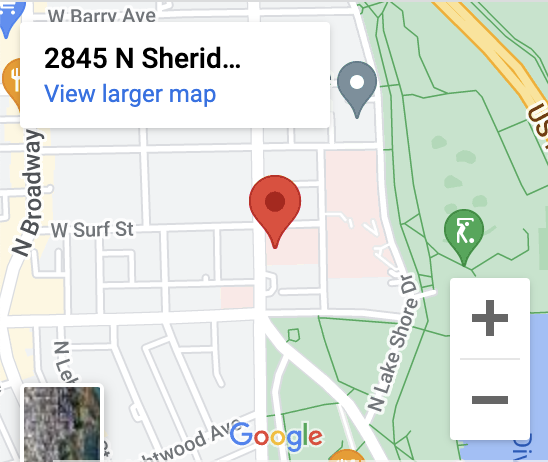With all the news buzz and products that claim to stop snoring, you’d think it was a modern-age problem. But there is evidence that snoring and its ill effects have been plaguing people for millennia. There is evidence of snoring going back 3500 years to the ancient Egyptians, who were known to have treated snoring with thyme. Thyme and other herbs are still used in current herbal snoring “remedies.” In Germany, the Schnarchen Museum is dedicated solely to the history of snoring and the quest for cures.
Oral devices that holds the tongue forward have been around since the 1950s. The first was extremely stiff, made of metal, and looked more like a torture device than a medical aid. In the museum there is an “anti-snoring mask” which is a hundred years old and features leather straps that were wrapped around the chin so that the mouth would remain closed.
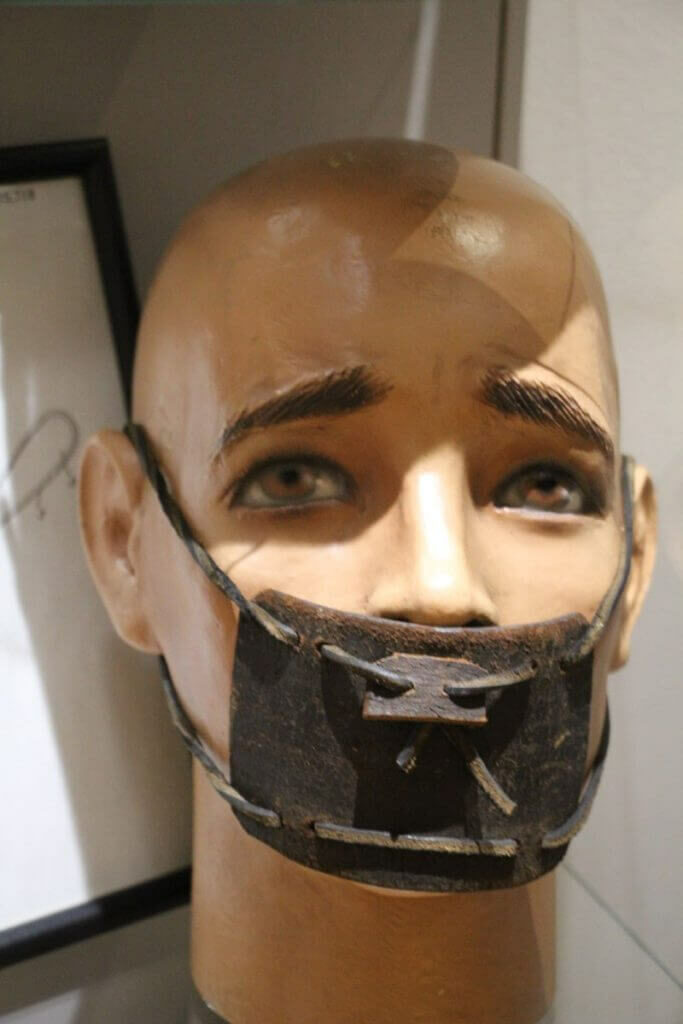
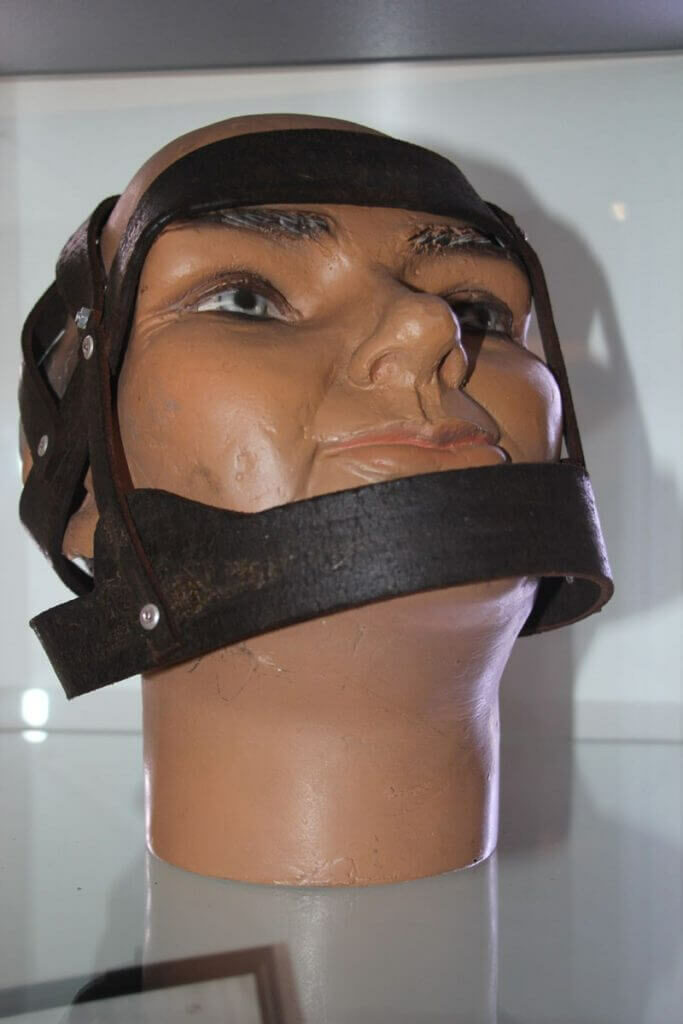
During the Independence War in the US, a cannonball was sometimes sewn down to the inner side of the snoring soldiers’ uniforms so that they would not turn over onto their backs and disturb fellow soldiers. Modern remedies are a bit less brutal, but no less unconventional.
Here we’ll look at five such gadgets that claim to reduce or eliminate snoring and are readily available on Amazon. Then we’ll get a sleep expert’s take on the value of such gadgetry.
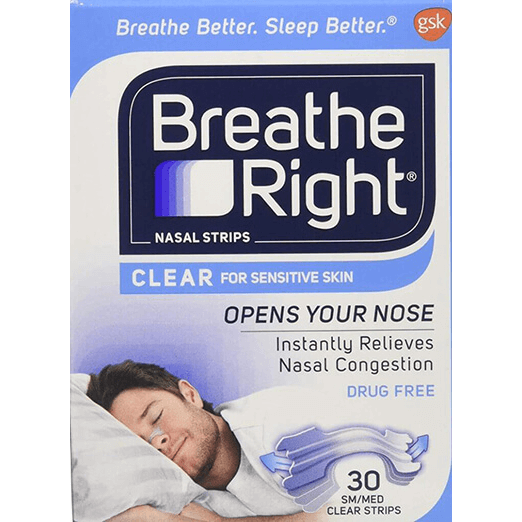
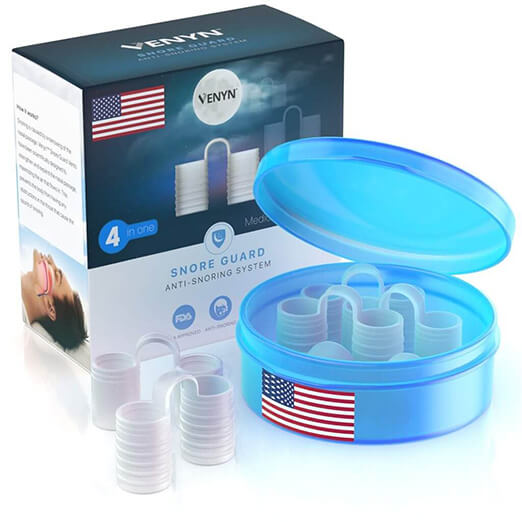
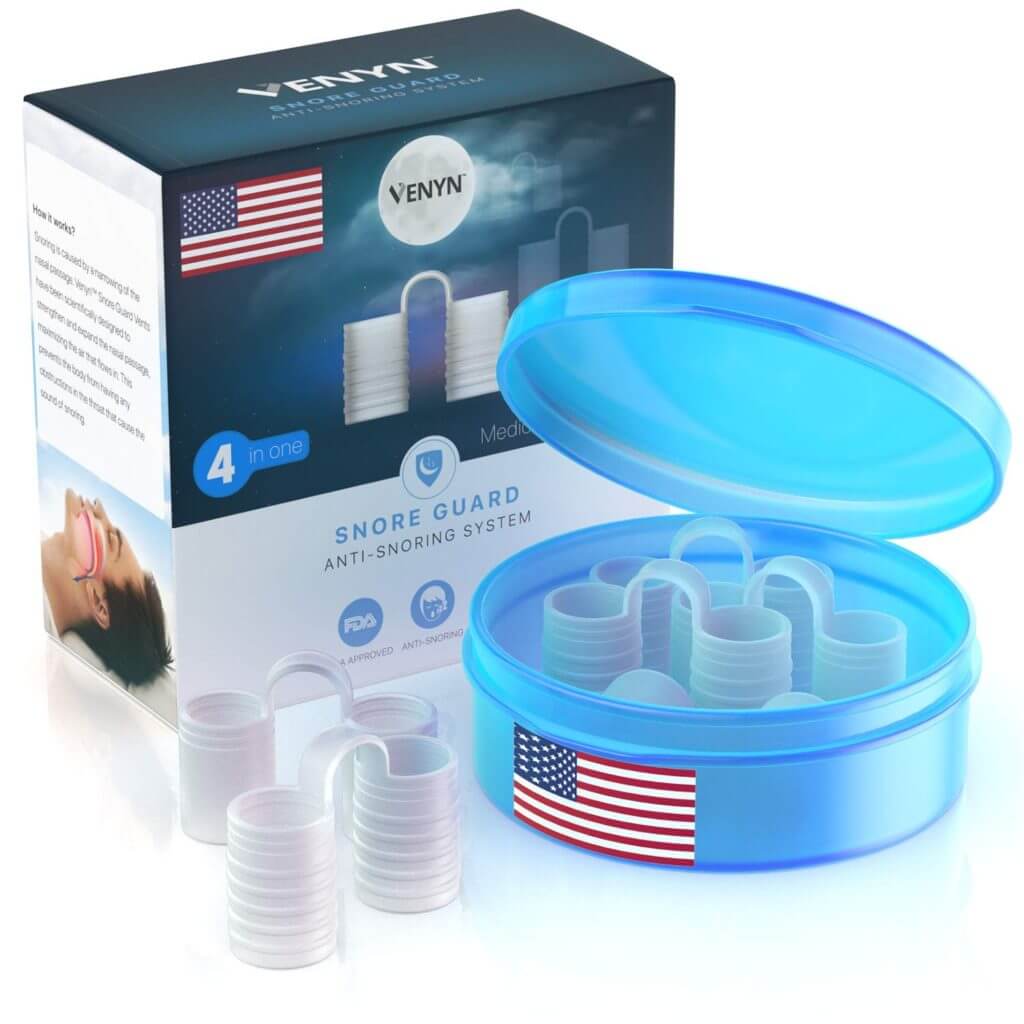
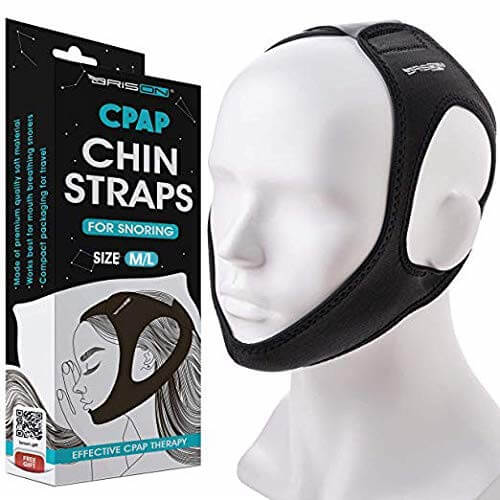

Clockwise from top left:
Breathe-Right nasal strips manufacturers claim:
Breathe Right® nasal strips are made of flexible, spring-like bands that fit right above the flare of the nostrils. A sticky adhesive is used to lift the sides of the nose and open the nasal passages, making it easier to breathe for a more restful night of sleep.
CHARMINER Silicone Magnetic Anti Snore Clip manufacturers claim:
The snore clip facilitates the widening of the nostrils by improving the breathing of the nose. This makes the product very effective for snoring. This can not only reduce snoring, but also promote the circulation of air in the nose and increasing airflow.
The Original Nose Vents by Venyn manufacurer’s claim:
These nose vents are an anti-snoring device designed to help dilate the nostrils and expand the nasal air ways thus maximizing air flow while you breathe. The device is designed as a nasal dilator that is comfortable to use while sleeping.
SomniFix Strips manufacturers claim:
SomniFix Strips gently adhere to your lips and allow for natural jaw movement while keeping the lips closed, so no more mouth breathing. They improve CPAP compliance, reduce open-mouth snoring, and can improve your sleep quality, even if you don’t snore or use a CPAP.
CPAP Anti-Snoring Chin Mask manufacturers claim:
The Snoring Chin Strap is made to keep your mouth closed during all sleep. You will not breathe through the mouth and it will prevent snoring instantly.
What do medical professionals think? Dr. Michael Friedman, otolaryngologist and sleep expert at Chicago ENT has a fondness for such gadgets. He says there is a place for them in the world of sleep medicine.
“Most anti-snoring gadgets are generally safe; therefore, I think they are worth trying. They all have a unique purpose that in very select individuals, they might help their snoring. The beauty of many of these gimmicks is the absence of risk. There’s always cost to be considered as well. Any snoring gimmick that’s expensive needs a lot more thought, but those that are relatively inexpensive and risk-free, are worth trying.
“There is no single over-the-counter snoring remedy that has a high success rate, and there is no single option available that would likely be effective for a large majority of people. But, occasionally, they can serve a purpose.
“In general, I encourage patients to try simple, inexpensive, over-the-counter treatment options and if they work — great.“
Dr. Michael Friedman, ENT physician and sleep expert
“We recently studied over-the-counter devices and in the presentation of our findings, we identified a success rate of less than 20%. Now, if a treatment has no risk, minimal cost, and an ease of use, 20% success is a reasonable success rate to consider. In general, I encourage patients to try simple, inexpensive over-the-counter treatment options and if they work — great. If not, it’s time to come in for a more definitive treatment option.
Dr. Friedman adds, “It’s not likely that any of these gadgets will solve sleep apnea but snoring without sleep apnea is a very serious social issue. It’s a real problem for many couples. There are situations that one of these devices may reduce the snoring to a tolerable level and is worth trying. The one that I often encourage people to try is Breathe-Right strips, which are highly effective in opening the nasal airway and improving breathing.”
“SomniFix Strips, featured on Shark Tank earlier this year, is another product I would feel comfortable recommending that patients try because of its low cost and low risk. At the same time, further research and study is necessary to truly evaluate their clinical value in treating snoring. So the jury is still out as far as I’m concerned.”
Dr. Friedman cautions that not all of these gizmos are 100% safe. Take a look at the CPAP anti-snoring chin strap described above. Not only does it not use continuous positive airway pressure as the name suggests, there may be another reason to steer clear.
Dr. Friedman says, “These devices that keep the mouth closed can be dangerous because humans are by nature, nasal breathers, and the only reason we open our mouth is because our nose is obstructed. If we mechanically keep the mouth closed, the person could have trouble breathing.”
If you or a loved one suffers from snoring, it’s time to get relief. Call us at 773-296-5500.













